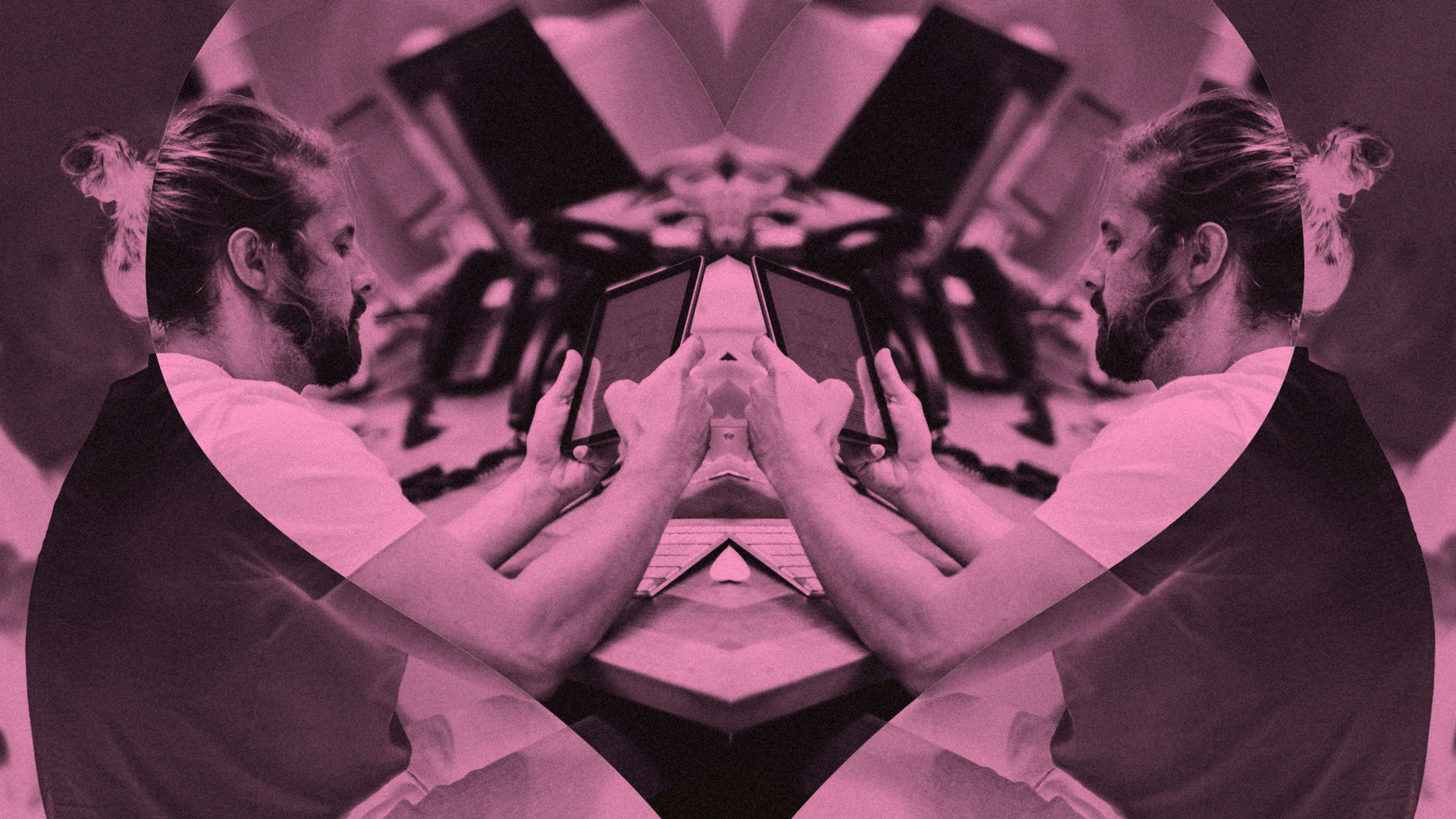Designers, it’s time to stop talking about “empathy.”
According to Google Trends, the term “empathy” now appears in Search more than six times as often as it did in 2004. Finding a job description for a design role that doesn’t mention “empathy” is near impossible. Undergraduate and graduate schools alike espouse “learning how to empathize” in the curricula. Empathy is everywhere, and especially in design.

It’s great that empathy is resonating with so many people. The problem is that in design, there’s more talk than action. The number of times I’ve heard the word “empathy” in design reviews, strategy sessions, critiques, conferences, industry events, and beyond is wildly greater than the number of empathetic practices I see woven into most design. Take Google’s recent botched iOS Maps feature that estimated how many calories (represented in the form of—no joke—mini cupcakes) someone would burn by walking a route. Between their use of an non-disclosed “average” body type to come up with the calculation and the overwhelming lack of sensitivity toward people with eating disorders, it was a complete empathy fail.
So how can designers walk the walk? Here are eight ideas for how to design with empathy. If you use some or all of these, your products will be better, and your customers will be happier.
Become more empathic
I know this sounds obvious, but it’s crucial. Take a step back in your life, and identify with the needs and interests of others. One possible exercise: Think about the mind-set of the very first person you see out of your home each day. Maybe it’s the barista at your local café, maybe it’s someone on the bus. What’s their story? What might be their needs and wants? How are they responding to their environment, and how is their environment responding to them? What would it be like to walk (or sit, or stand) in the shoes of that person? What do you think you would feel? What can you learn from imagining their experience? By asking these questions, you’ll develop the ability to see things from another person’s perspective–the core of empathy.
Make empathy a ritual
Find a way to empathize with your customers on a regular basis. This can start with a scrappy “just make it happen” approach, where you informally ask your customers to share feedback on a product or feature. The scrappy approach is easier if you’re working on a well-known product that many people may know and already use. But don’t despair: This can also be achieved with lesser known products by using simple tactics such as usertesting.com, Craigslist, and other sites. A less sophisticated approach is exponentially better than doing nothing at all.
Broadcast your findings
Share your findings when you’ve empathized with a user. Think big on this one: Create a write-up for each time you empathize with a user and share it broadly. Get up at your next company all hands meeting and relay takeaways from the conversation. Transform your notes into a slideshow that you can run on a monitor in your workspace.
Create empathy maps
An empathy map is a diagram broken into four or five sections that call out different aspects of the user’s experience. The sections are typically areas such as “feelings,” “actions,” “thoughts,” “goals,” “pain points,” and “influences.” Empathy maps are important because they serve the dual purpose of helping us structure our ideas around empathy, and they create a very clear artifact that can be easily shared and understood.
Help others understand the value of empathy
Invite others, including your company leadership, into your process. Don’t make empathy something that happens behind closed doors or falls on the shoulders of only a select few. You may be surprised by how much others want to be a part of your efforts. Make participation as easy as you can–the less friction in the process, the simpler it will be for others to join in. The reason this is important: When your leaders understand the value of empathy, they’ll both have an easier time empathizing themselves, and they’ll be more likely to buy into your ideas.
Hire empathic designers
When hiring new talent, you may be looking for qualities like “ability to collaborate with others” or “ability to use data to inform design decisions.” Think more broadly here and make empathy part of your recruiting criteria. To do this, work with your human resources team to weave “ability to empathize with others” or “demonstrates an understanding of our users” into the criteria you use to evaluate candidates.
Know your limits
Recognize what you know and don’t know about empathy and enlist the help of others to fill the voids. For example, if you’re not sure what the best way is to moderate a qualitative listening session, do a search on Google, YouTube, or Medium and read up on it. Or if you’re not sure how to best summarize your findings from a conversation in which you empathized with a user, ask your peers or community to give you some pointers.
Copy others
Educate yourself. What are others doing to empathize with their users? Read, watch videos, and constantly learn from those around you.
Ultimately, we’re all striving to build trust with users, and we can’t do that unless we’re approaching design problems with real empathy.
Michael Chanover is vice president of design and user experience at NerdWallet.
Recognize your brand’s excellence by applying to this year’s Brands That Matter Awards before the early-rate deadline, May 3.
